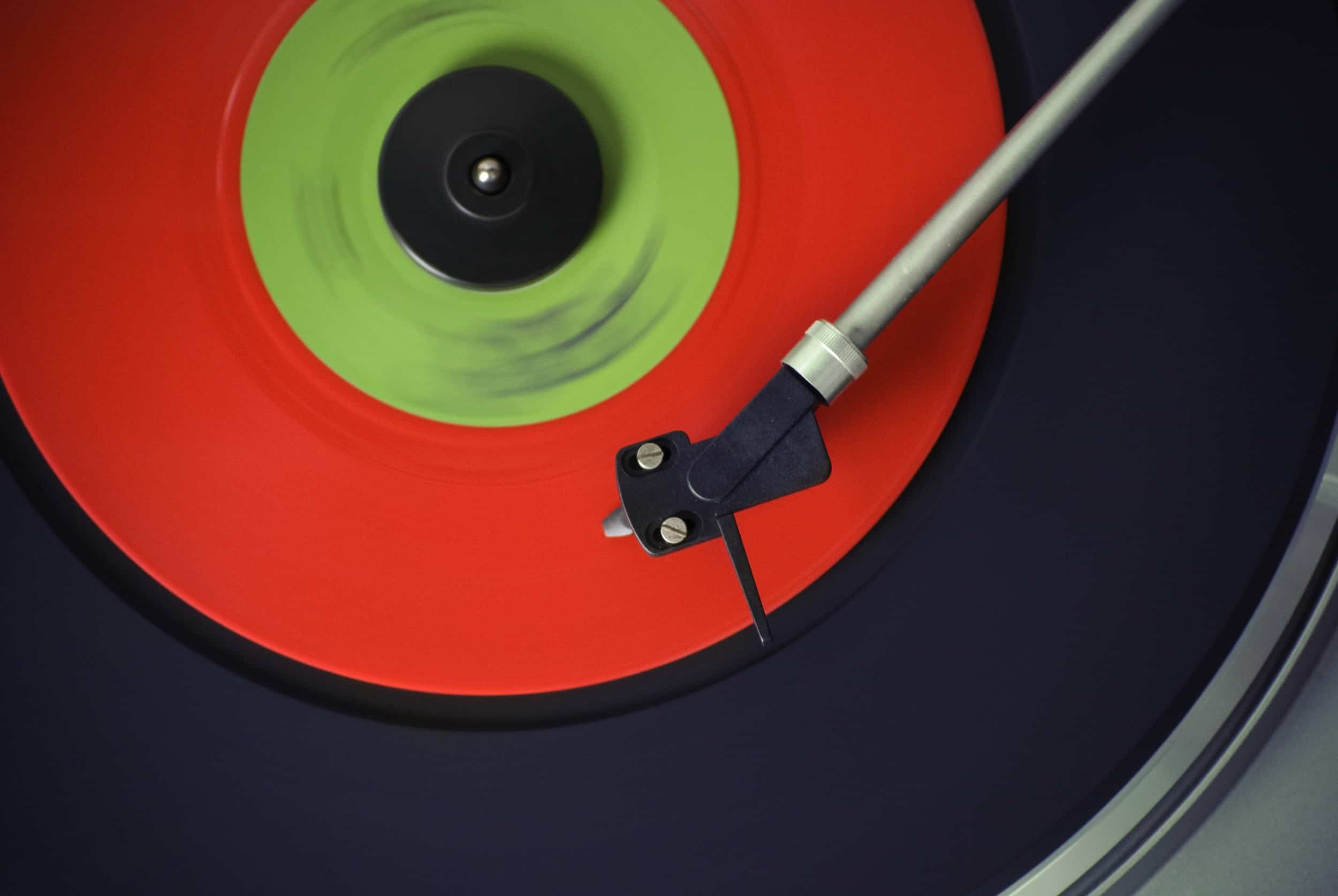Misprints (or … 'there’s this low hum')
‘good’ LPs are rarely rare
Misprints tend to be quite rare
Depending on how familiar you are with record collecting you might know a lot about misprints already, or it might be something you’ve never considered before.
Misprints tend to be quite rare because, well, they are technically flawed from a production standpoint, so they often end up in the deletion bin. The cultural perspective, or matrix* if you will, is quite different though. Some collectors go to great length to seek out misprints (both misprinted sleeves, and LPs), and they can cost a fair amount – because they’re rare. LPs don’t tend to be worth much money unless they are quite rare – nothing unusual there, notes the experienced collector – but ‘good’ LPs are rarely rare (see what I did there). ‘Good’ LPs sell, so ‘good’ LPs get re-printed. The stuff that no one listens to, or the stuff that no one knows to listen to ends up in the deletion bin.
The Three Suns: 'Mean to Me'
With misprints, though, the argument about good and bad is quite different. You can have the best music ever, but if it’s a misprint it’s not right so it gets re-called and away it goes. The few misprints that remain, which might have already been sold, or go undetected in shops, thus become a rarity, and all of a sudden the monetary value increases. Of course, there must be a demand for the LP in the first place. I will return to that topic in a different post, but for now the bottom line is essentially that collectors drive the prices up.
Restorations: 'Misprint'
I started thinking about misprints the other day when I posted a picture of Mean to Me by the Three Suns to Instagram. It took me a while to realise one of the issues we had was a misprint.
Mean to Me is another easy listening album, and it never occurred to me that the woman on the cover was so ‘soft’ (or blurry) because of a misprint. It felt like a reasonable aesthetic choice (I wrote a little about that in this Instagram post). It has taken years, and accidentally holding our two copies side-by-side to actually realise what was going on. It seems very obvious now, but I suppose it’s a good story to illustrate how difficult it can be sometimes to spot these things. Especially if you are a pressing plant shipping out thousands every day . . .
Anyway . . . whilst typing this post I have, of course, been listening to Mean to Me, but also ‘Misprint’ by Restorations, which was a new find.


